WISE brings you a snapshot of the current state of gender balance within the largest UK companies. All of our statistics are derived from the FTSE Women Leaders Review 2023.
Summary
The news is broadly positive. In 2023, the total number of women working at senior level in the FTSE has increased, with particular progress made at Executive Committee level. This is significant when we consider that there has been an overall reduction in the population of Executive Committee & Direct Reports nationally due to the challenging economic environment.
When comparing gender parity internationally, the UK comes out well, despite the fact that our gender parity objectives are voluntary rather than state mandated. The UK scores second place overall, behind quota-led France, but ahead of Norway, which is also quota led.
What does it mean?
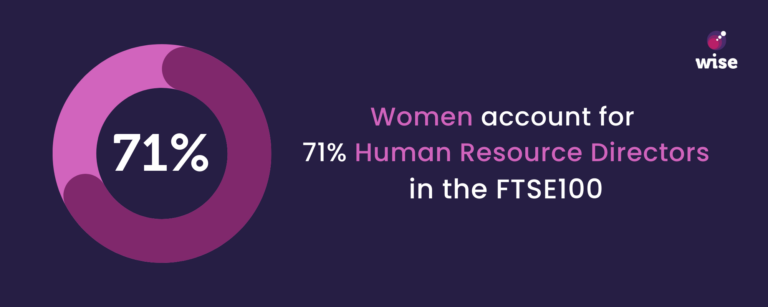
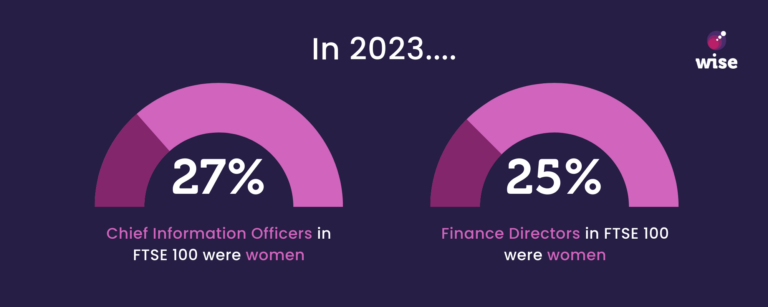
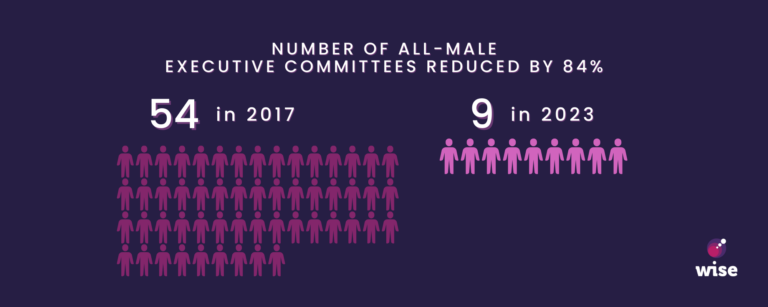
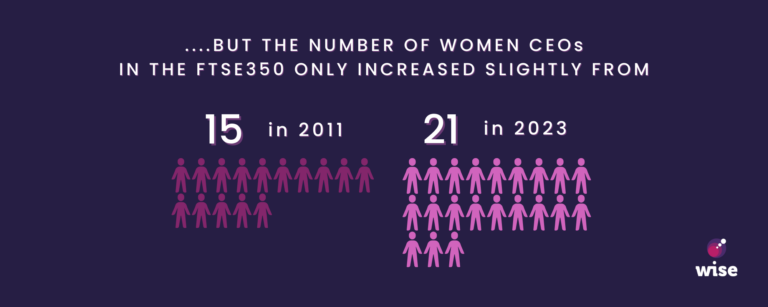
The rapid increase of women in Human Resource Director roles is to be welcomed – women account for 71% of Human Resource Directors in the FTSE 100. However, when it comes to the representation of women in technical leadership roles, often associated with the STEM sector, women remain underrepresented.
However, 2023 saw good progress here. In the FTSE 100, women accounted for 27% of Chief Information Officers and 25% of Finance Directors (both traditional routes towards becoming a CEO).
At WISE, we want to give a special mention to our members for their commitment to driving the change that they want to see. Congratulations to Thames Water, Arup, BAE, AWE and AstraZeneca!
The good news:
- 67% of FTSE 350 Companies are currently achieving 40% or above women on boards.
- In the FTSE 350, 42.1% of board members are women, an all-time high for women’s representation.
- The representation of women on FTSE 100 Executive Committees has reached 30% for the first time.
- The number of All-Male Executive Committees in the FTSE 350 has reduced to 9, a sharp decrease from 54 in 2017.
The bad news:
- Women CEOs remain very poorly represented in the FTSE 350. In 2011, there were 15 women CEOs, twelve years later, there are still only 21.
- Only 27% of FTSE 350 Companies are currently achieving 40% or above women in leadership roles.
- Progress made for the appointment rate of women has seemingly plateaued with 41% of all available roles in the year going to women again this year.
At a glance
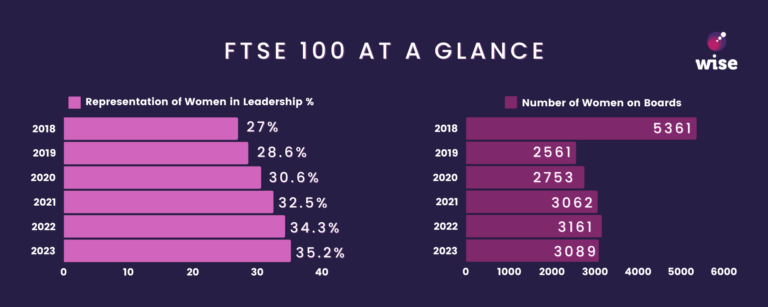
100 FTSE
| 2018 | 2019 | 2020 | 2021 | 2022 | 2023 |
Representation of Women in leadership | 27% | 28.6% | 30.6% | 32.5% | 34.3% | 35.2% |
Number of women on boards | 317 | 341 | 374 | 414 | 431 | 445 |
FTSE 250
| 2018 | 2019 | 2020 | 2021 | 2022 | 2023 |
Representation of Women in leadership | 30.2% | 30.6% | 34.3% | 37.6% | 40.2% | 42.1% |
Number of women on boards | 317 | 341 | 374 | 414 | 431 | 445 |
350 FTSE
| 2018 | 2019 | 2020 | 2021 | 2022 | 2023 |
Representation of Women in leadership | 26.7% | 30.6% | 34.3% | 37.6% | 40.2% | 42.1%
|
Number of women on boards | 814 | 923 | 1026 | 1138 | 1203 | 1243 |
